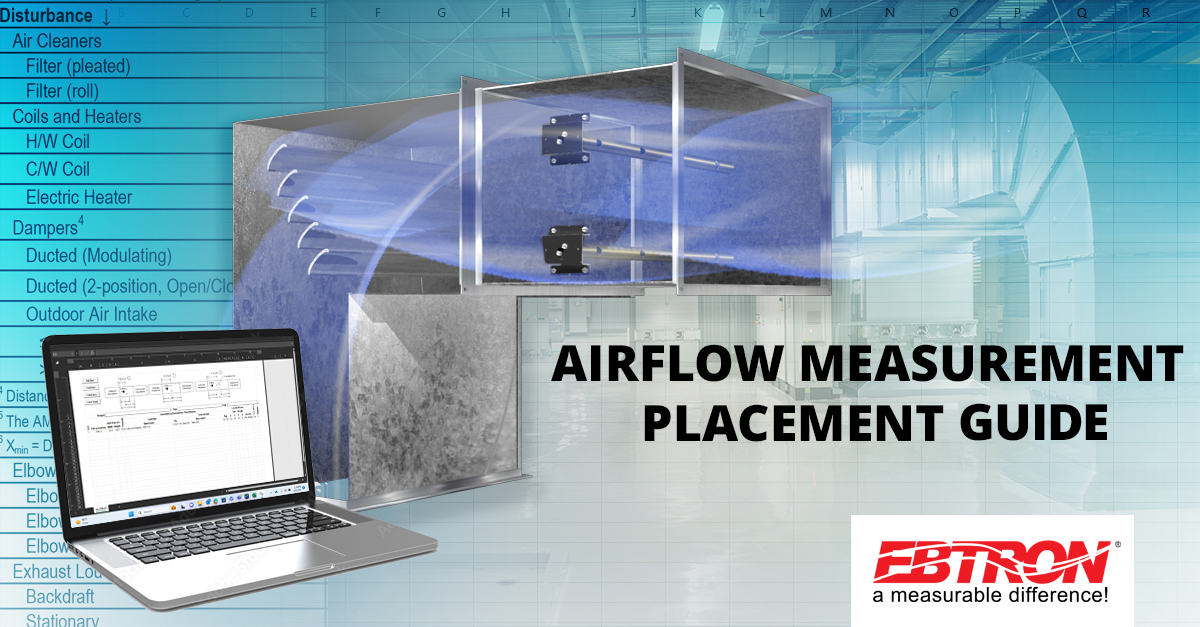Guide for Placing Probes to Measure Airflow and Psychrometric Data in Ducts and Plenums

Ready to master the art of airflow measurement? Let this guide you to discover the ins and outs of placing airflow measurement devices. Unveil the perfect placement, whether in ducts or plenums and comprehend the design considerations that set your project up for success. Download the Probe Placement Guide and access the Probe Placement Tool by clicking the View Source button below.


